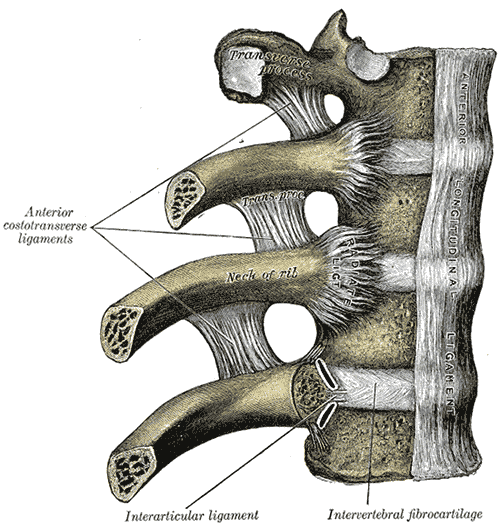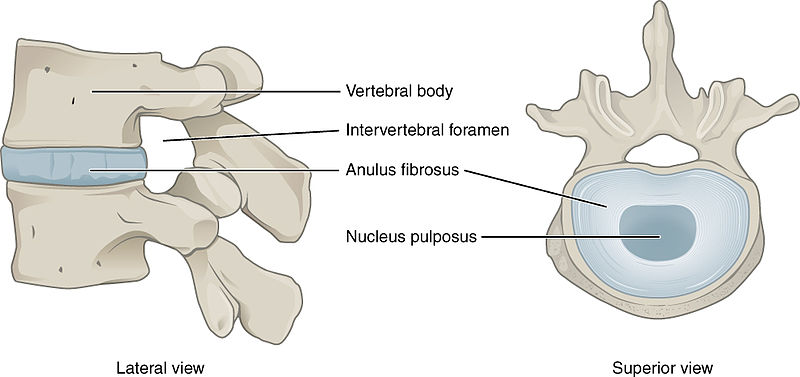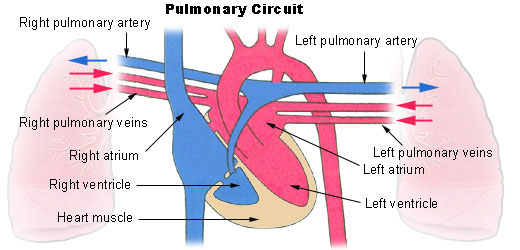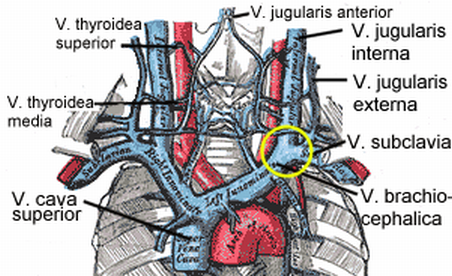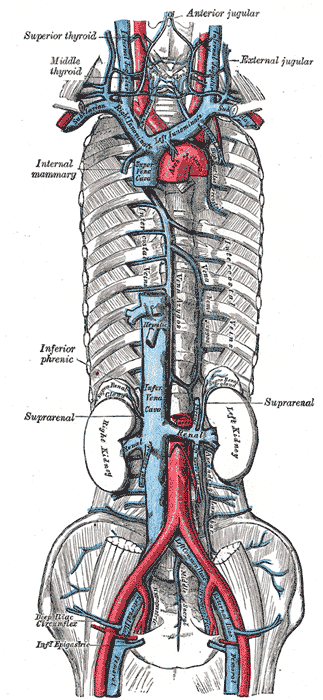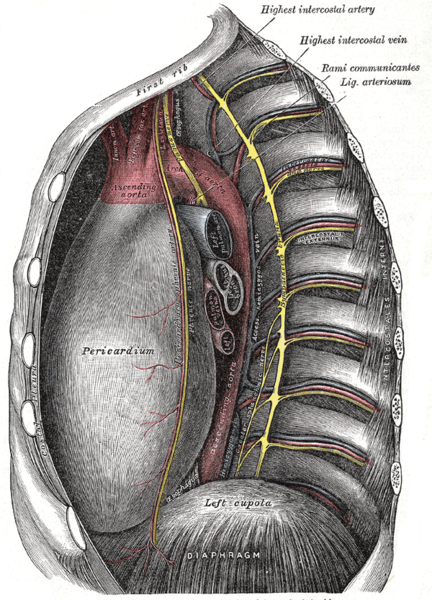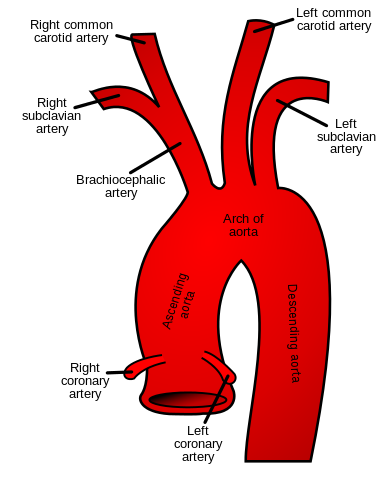We just learned about the Sternoclavicular Ligaments that connect your clavicle to your ribs and sternum.
We learned long ago that the clavicle (collarbone) and scapula (shoulder blade or wing bone) work together to hold the ribs and shoulders.
Another group of ligaments are the ones connecting the Scapula & Clavicle.
They are connected with a few different ligaments, at different parts of the bones.
The coracoid process and acromion are two parts of the scapula that stick out and hang on to ligaments that are tied to the clavicle.
The ligaments are:
Acromioclavicular - connects the clavicle to the acromion
Coracoclavicular - connects the clavicle to the coracoid process
Coracoacromial - connects the acromion to the coracoid process
Superior/inferior transverse scapular - covers part of the scapula to help hold nerves and blood vessels

(from: wikipedia - coracoacromial ligament)
Kid Facts - Blast from the past: Brachial Plexus




